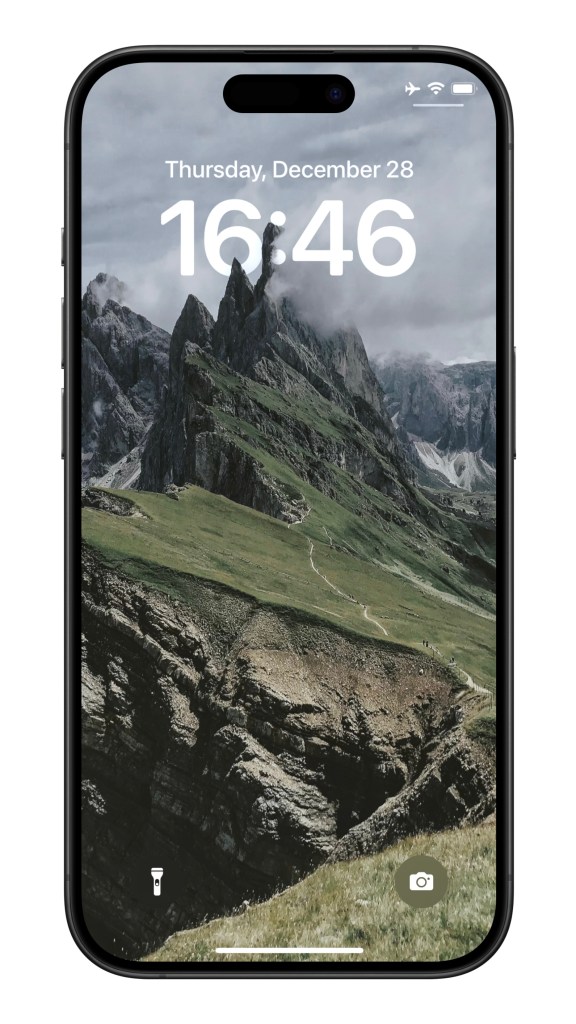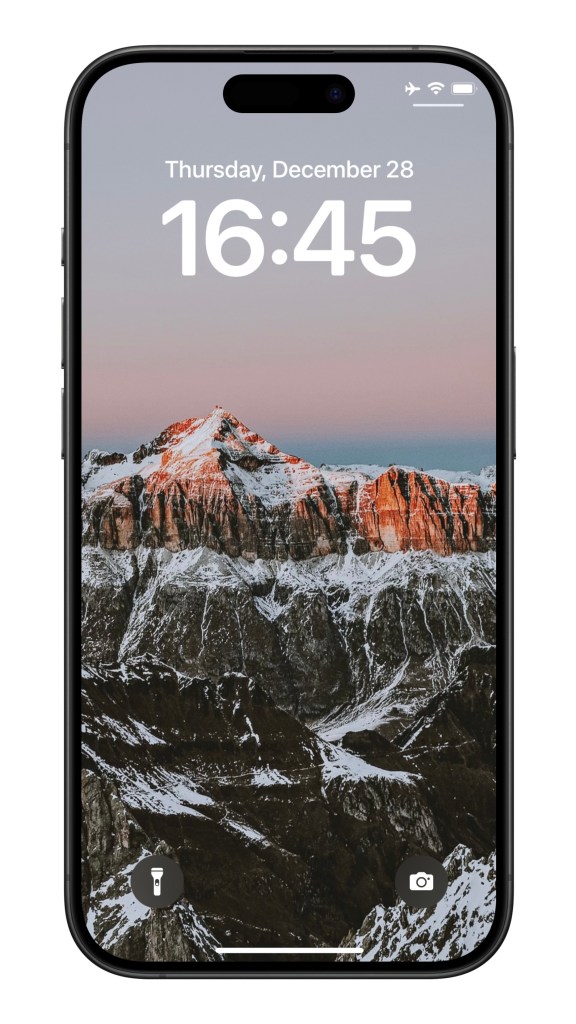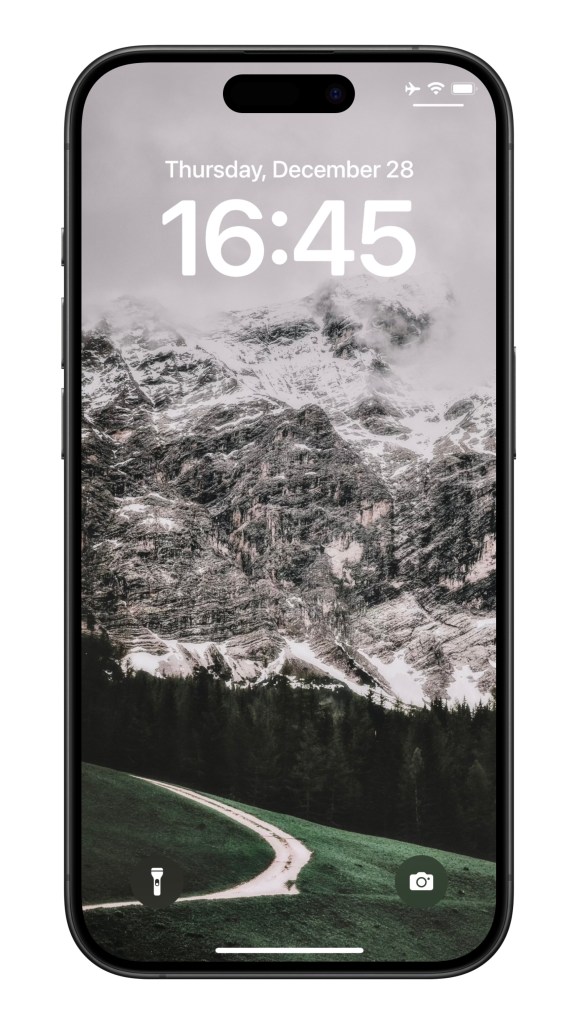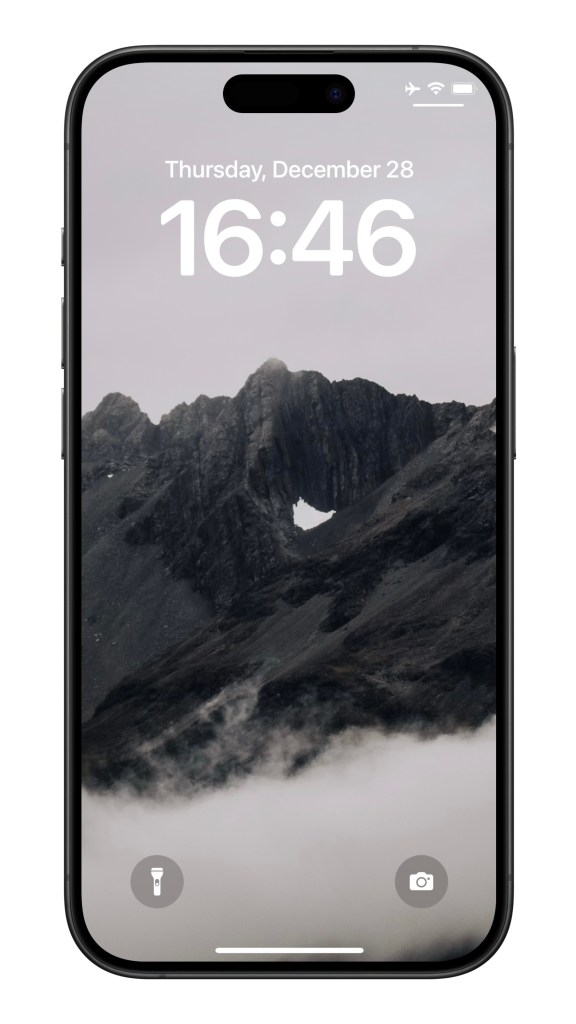What is fog in mountains?
What you’re describing is known as orographic lift, a phenomenon commonly associated with the formation of fog in mountainous regions. Here’s an explanation:

As moist air is pushed by prevailing winds towards a mountain, it is forced to ascend due to the topography. This upward movement of air is called orographic lift. As the air rises, it cools, and when it reaches its dew point temperature, the moisture in the air condenses into tiny water droplets or ice crystals. This process forms a cloud, and if the cloud is near the ground, it is referred to as fog.
You can download all the wallpapers at:
https://apps.apple.com/app/id6462838994


So, in the context of mountains, fog often occurs when moist air is lifted and cooled as it ascends the mountain slopes. The orographic lift is a key factor in the formation of clouds, fog, and precipitation in mountainous areas. The presence of fog in mountains can create stunning visual effects, with the peaks and valleys partially or completely obscured by the mist.

Why do mountains look foggy?
Mountains can appear foggy due to various atmospheric and meteorological conditions, and one common reason is the presence of actual fog or clouds. Here are a few reasons why mountains may look foggy:

Orographic Lift: As moist air is pushed by prevailing winds toward a mountain, it is forced to ascend due to the topography. This upward movement of air, known as orographic lift, can lead to the formation of clouds and fog, especially if the air cools and reaches its dew point during the ascent.

Temperature Inversions: In some cases, temperature inversions can trap cool air near the surface, preventing the rise of warm air and leading to the condensation of moisture into fog. This phenomenon is more common in valleys and low-lying areas near mountains.

Evaporation and Condensation: Bodies of water near mountains can contribute to foggy conditions. If warm, moist air moves over a cooler surface, such as a lake or river, it may cool and condense, forming fog.
Advection Fog: When moist air moves horizontally over a colder surface, it can cool and create advection fog. If this happens near mountains, the fog may envelop the slopes and peaks.

Clouds and Atmospheric Conditions: Cloud cover, regardless of its cause, can make mountains appear foggy. Low-hanging clouds or overcast skies can obscure the mountain peaks and create a misty or foggy appearance.
Overall, the interaction of moist air, topography, temperature, and atmospheric conditions plays a crucial role in the formation of fog around mountains, contributing to the visual effect of mountains appearing foggy.

Learn More
https://earthobservatory.nasa.gov/images/147651/foggy-mountain-breakdown
https://en.wikipedia.org/wiki/Foggy_Peak